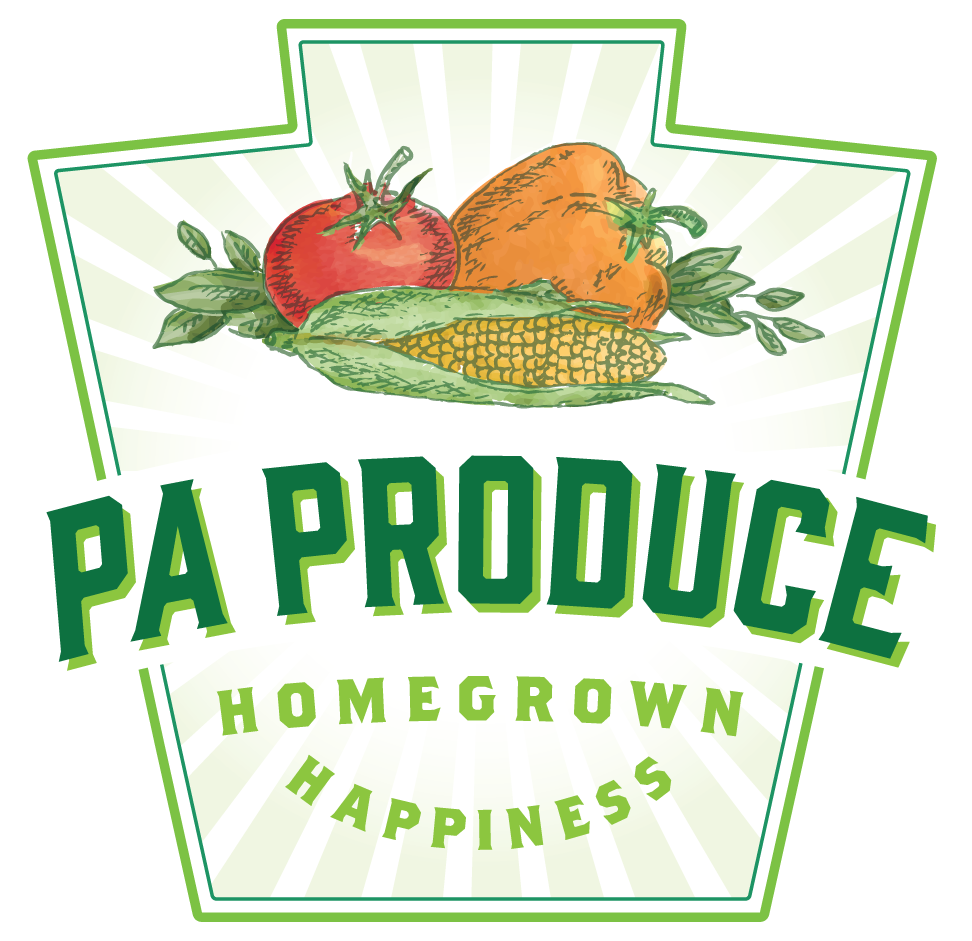If you’re wondering how to cook vegetables with plenty of flavor, there is no shortage of options. Cooking veggies can be easy and result in a healthy, delicious dish. There is something for everyone’s palate (even the picky ones!) and every meal.
You might have heard talk about cooked vegetables losing their nutritious value. The good news is that when cooked properly, your produce still retains a good amount of nutrients.
Below, we’re sharing nine ways to cook and prep your fresh vegetables to get the most out of them, along with helpful tips and tricks for each method.
Stovetop & Microwave Steaming
Why we love it: Steaming sometimes gets a bad rap, but it is actually a quick way to cook crispy, tender veggies!
Steamed vegetables retain important nutrients (even when cooked in the microwave!) like Vitamin C, glucosinolate (cancer-fighting agents), and antioxidants because of shorter cooking times. The key is in not overcooking them!
Steaming is good for both sturdy vegetables like broccoli and carrots, and leafy greens like spinach and baby bok choy.
Easily steam vegetables on the stove in a metal or bamboo steaming basket over a pot of boiling water. If you’re really pressed for time, steam in the microwave in a glass bowl with a little water on the bottom and cover with microwave-safe plastic wrap.
Flavoring Tips:
- Stovetop steaming: have fun with flavor by adding aromatics like garlic or ginger to the water and season after with salt, lemon, herbs, or sauce.
- Microwave steaming: Add a little butter or soy sauce to your veggies before cooking and season to taste after.
Sautéing

Why we love it: Sautéing is a quick way to cook up some flavorful vegetables.
Sautéing is another healthy cooking option since it only requires a small amount of oil. Plus, your veggies will retain more nutrients when you cook them quickly over high heat. Sauté in style with almost any vegetable from greens to asparagus to onions and peppers.
Easy Sautéing Steps
- Simply add a bit of oil to your pan and heat over medium-high until the oil starts to shimmer.
- Add aromatics first (e.g., onion, garlic, ginger, or chile pepper) and saute them until they soften.
- Add the rest of your veggies. Avoid overcrowding the pan.
- Stir frequently and cook until the veggies are crisp-tender.
Flavoring Tip: Season veggies with your favorite herbs and spices as you sauté them.
These flavorful Green Beans Provençale combine steaming and sautéing to make the perfect side dish!
Stir-Frying
Why we love it: It’s a fast and easy way to cook a healthy meal for the whole family.
Often used in Asian cuisine, stir-frying calls for much higher heat and faster speed than sautéing. The food must be constantly stirred and tossed so it doesn’t burn. Be sure to prep all of your ingredients before cooking because you won’t have time to chop veggies while stir-frying. Cook in a wok or a large sauté pan—something with enough surface area for all of the food.
Easy Stir-frying Steps
- With all of your veggies, aromatics, and sauce at the ready, heat your pan on high heat. Add either vegetable or peanut oil (which can stand up to high cooking temperatures).
- Add veggies to the pan in order of longest to shortest cooking times.
- Stir constantly until the veggies are crisp-tender and bright.
- Add your favorite stir-fry sauce, toss to coat the veggies, and turn off the heat.
Boiling: Blanching or Simmering
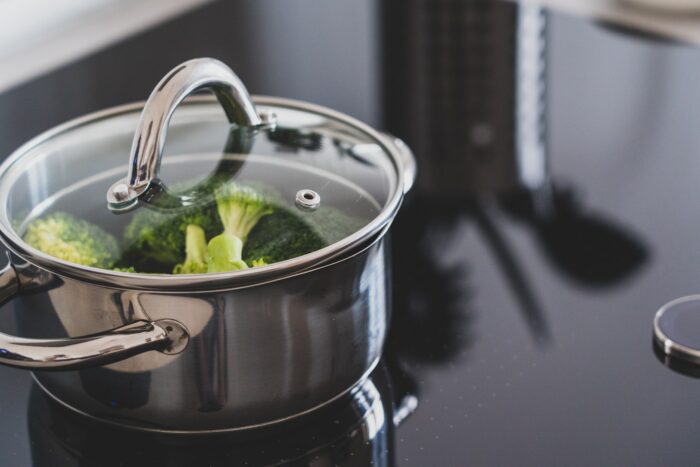
Why we love it: Quickly cook crispy, colorful, nutritious vegetables.
Contrary to popular belief, boiled vegetables can retain their nutrients—as long as you don’t overcook them. Boiling is a good method for sturdy vegetables like broccoli, green beans, and sugar snap peas.
There are two ways to boil your vegetables:
- Blanching: Bring the salted water to a boil, then cook the veggies for a few minutes until they are bright and to your preferred tenderness.
- Simmering: Add veggies to the salted water before it boils and let them cook at a lower temperature for a longer time. This method is good for veggies that need longer cooking times, like potatoes, beets, turnips, and yams.
The vegetables will keep cooking for a few minutes after boiling, so either remove them a minute or two early or run them under cold water.
Roasting & Baking
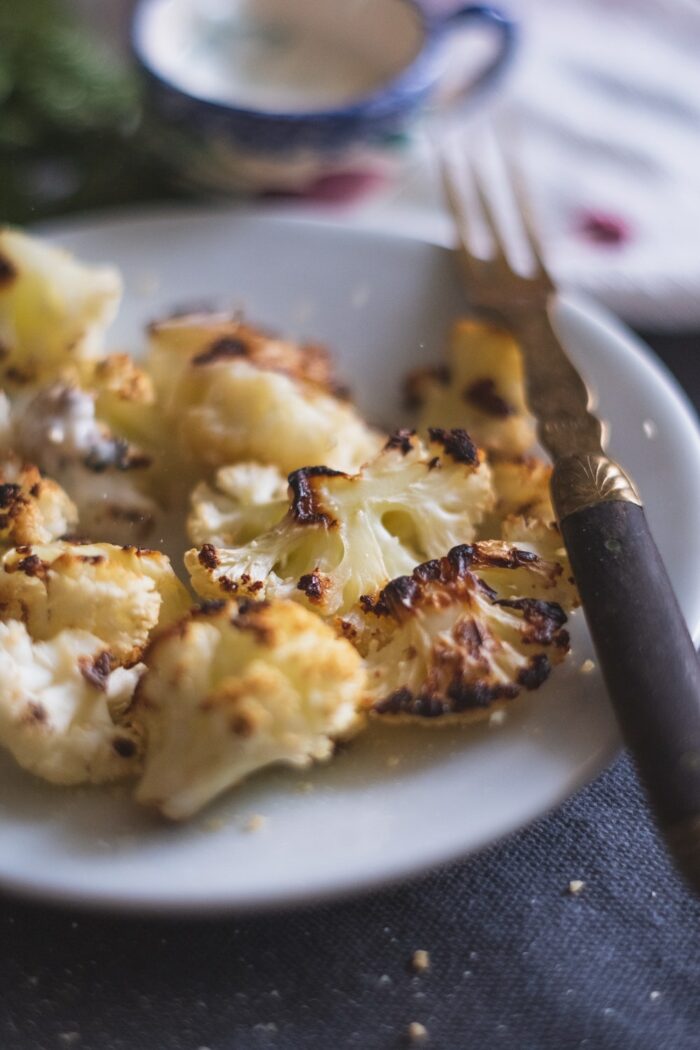
Why we love it: The oven is an easy way to cook a large portion of vegetables at once.
Roasting your veggies requires high heat for longer periods of time and can decrease nutrient levels, but not completely. Not to mention, it doesn’t require adding unhealthy fat and sodium.
Roasting is great for almost any vegetable because the caramelization process results in a perfectly balanced sweet and savory flavor. We particularly love roasting cauliflower, onions, broccoli, asparagus, tomatoes, and squash.
Easy Roasting Steps
- Preheat the oven to 400 degrees.
- Chop your veggies into your preferred size and shape.
- Lightly toss them in some olive oil and season them to your preference.
- Roast until they are crispy on the outside and tender on the inside (typically about 30 mins to an hour).
Spice things up with this vegan cauliflower hot “wings” recipe, easily baked in the oven!
Pro tip: Don’t determine the temperature of your oven based on the size of your veggies. Just remember that smaller pieces will need shorter cooking times and larger pieces will need longer cooking times.
Frying
Why we love it: It’s a great option to introduce picky eaters to new veggies!
Frying may not be the healthiest way to cook vegetables, but it certainly has delicious results. Fortunately, you don’t need to deep fry veggies. You can simply pan-fry them in a small amount of oil. Heat oil in a pan to about 375 degrees. Remember, much higher will burn the food, and much lower will lead to soggy, oily veggies. Cook your veggies until they are crispy and golden brown.
Alternatively, you could fry your veggies in an air fryer (the oil is optional)! Just be sure to cook them according to veggie types:
- Tender Vegetables: Crucifers (e.g., broccoli, cauliflower, Brussels sprouts), soft veggies (e.g., bell peppers and tomatoes), and thin veggies (e.g., asparagus)
- Firm Vegetables: Root vegetables (e.g., carrots, beets, potatoes, parsnip) and winter squash (e.g., butternut, acorn, pumpkin)
- Frozen Vegetables: Determine which category your frozen veggies fall under, then add a few minutes to the cooking time.
Flavor Tip: You can choose to drizzle some oil over air-fried veggies for a more roasted, crispy flavor.
Grilling
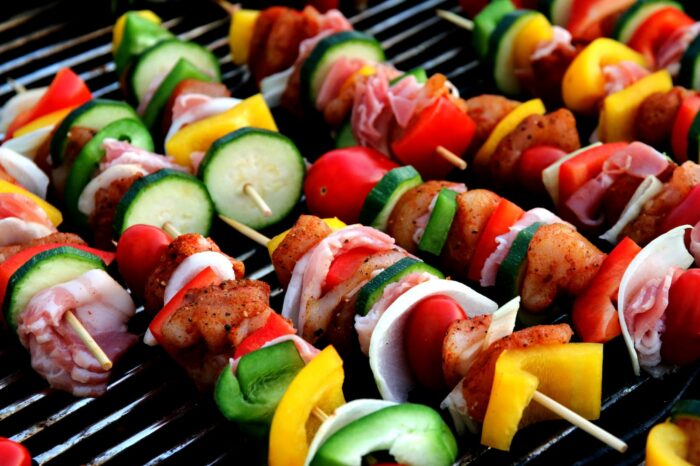
Why we love it: Grilling gives veggies a rich, deep, smoky flavor with a hint of sweet crispiness.
Who doesn’t love grilling? It may not be the first method that comes to mind when considering how to cook vegetables, but grilling works great for almost every veggie. Plus, you can do it indoors and out, year-round, alongside your favorite protein.
Easy Grilling Steps
- Marinade veggies for at least 30 minutes or toss them in olive oil and your favorite seasoning mix.
- Grill them as long as necessary for the particular vegetable(s) you’re cooking.
- Flip the veggies when grill marks form and cook on the other side until they are tender.
Need some inspiration? Try these zesty grilled sweet potatoes with jalapeño honey or this summery grilled sweet corn salad with honey-lime vinaigrette.
Braising & Stewing
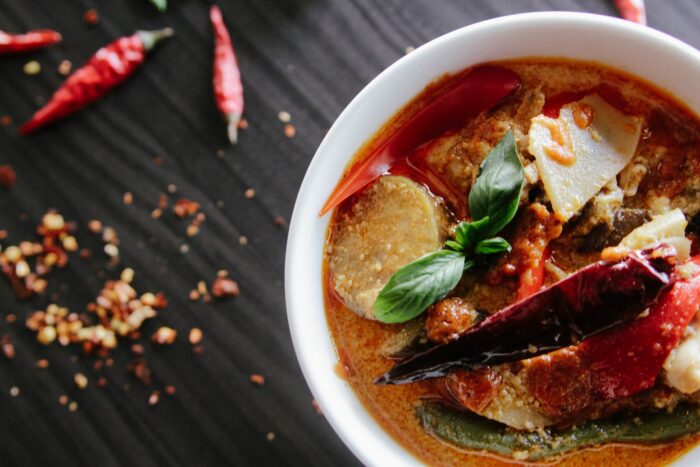
Why we love it: This long, slow method results in tender, flavorful veggies.
Braising and stewing requires cooking ingredients slowly in a flavorful liquid (e.g., water, broth, wine, etc.). This is done over low heat and can take up to several hours. Both methods are best for hearty veggies like root vegetables, potatoes, beans, squash, and celery—those you’d find in a typical stew.
Easy Braising Steps
- Saute the vegetables in oil with aromatics until they are browned (this maximizes flavor!).
- Add the liquids.
- Set the timer according to your recipe, then get on with your day while your meal cooks!
Quick Pickling, Canning & Freezing
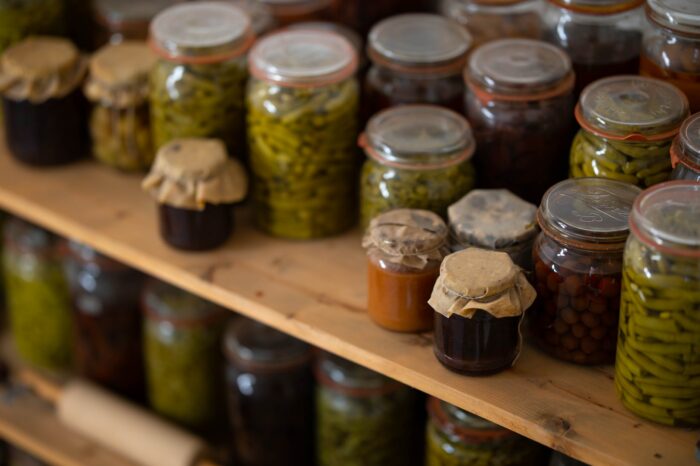
If you find yourself super stocked up with fresh vegetables and you’re wondering how to preserve them for all kinds of future use, you can always try quick pickling, canning, or freezing them.
Quick Pickling
This method requires pickling veggies of your choice in vinegar, water, salt, and sometimes sugar. Simply boil the liquid for five minutes, then pour the hot brine over the veggies, and let them cool before refrigerating. Quick pickles can be enjoyed after just a few days in the brine.
Quick pickling can be used for any veggies. Just be sure to use only super fresh, crispy ones and avoid any that are bruised. You can even experiment with different mixtures and types of vinegar and spices.
Canning
Canning is the process of storing food in jars and heating them at high temperatures that kill microorganisms and inactivate enzymes to prevent the food from spoiling. The heating process pushes air from the jar and a vacuum seal is formed as the jar cools.
Canning requires more time, patience, and care to ensure food safety, but it is beloved because it preserves the original nature of the food. This method is great for versatile produce like tomatoes and corn.
It’s vital that you can only fresh veggies in peak condition, avoiding bruised or overripe produce. Home-canned goods have a typical shelf life of one year when stored in a cool, dry place.
Check out more pickling and canning tips and recipes.
Freezing
Easily store veggies long-term for use in cooked meals like pastas, soups, and casseroles in the freezer. You can freeze almost any veggies, but avoid freezing those with high moisture content (e.g., cucumbers, cabbage, radishes, mushrooms, lettuce) because they’ll become waterlogged and mushy when thawed.
Use only clean, freezer-safe containers. Resealable freezer bags, plastic deli containers, and glass storage containers with airtight lids are the best options.
Get more tips for freezing vegetables plus a quick video.
We hope this guide sparks some inspiration on how to cook vegetables for maximum flavor and enjoyment. For more ideas, check out our many recipes!
